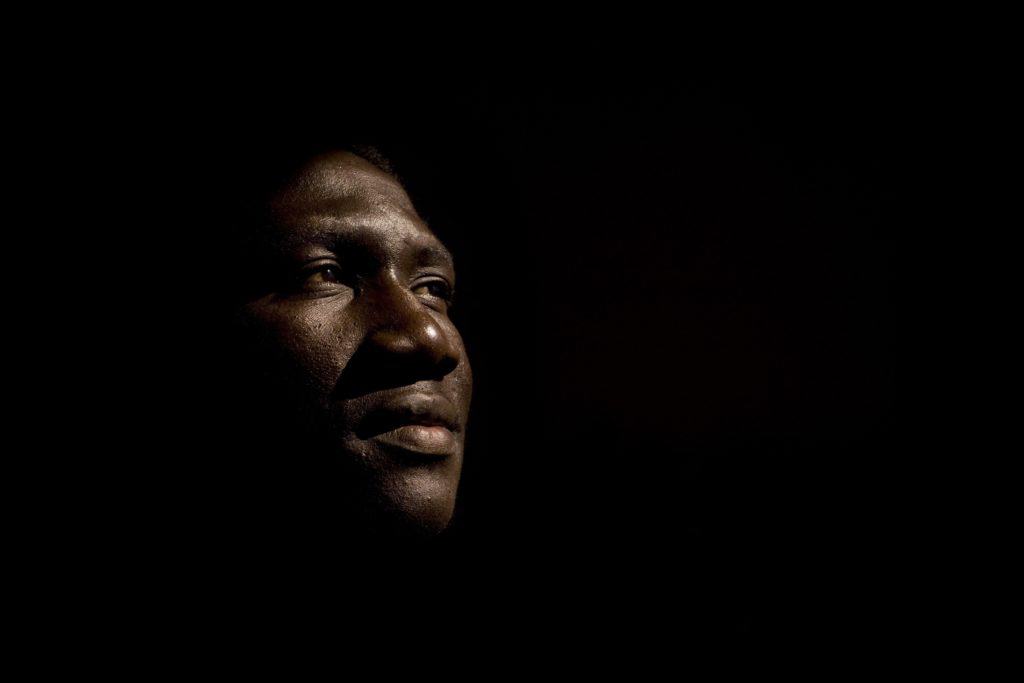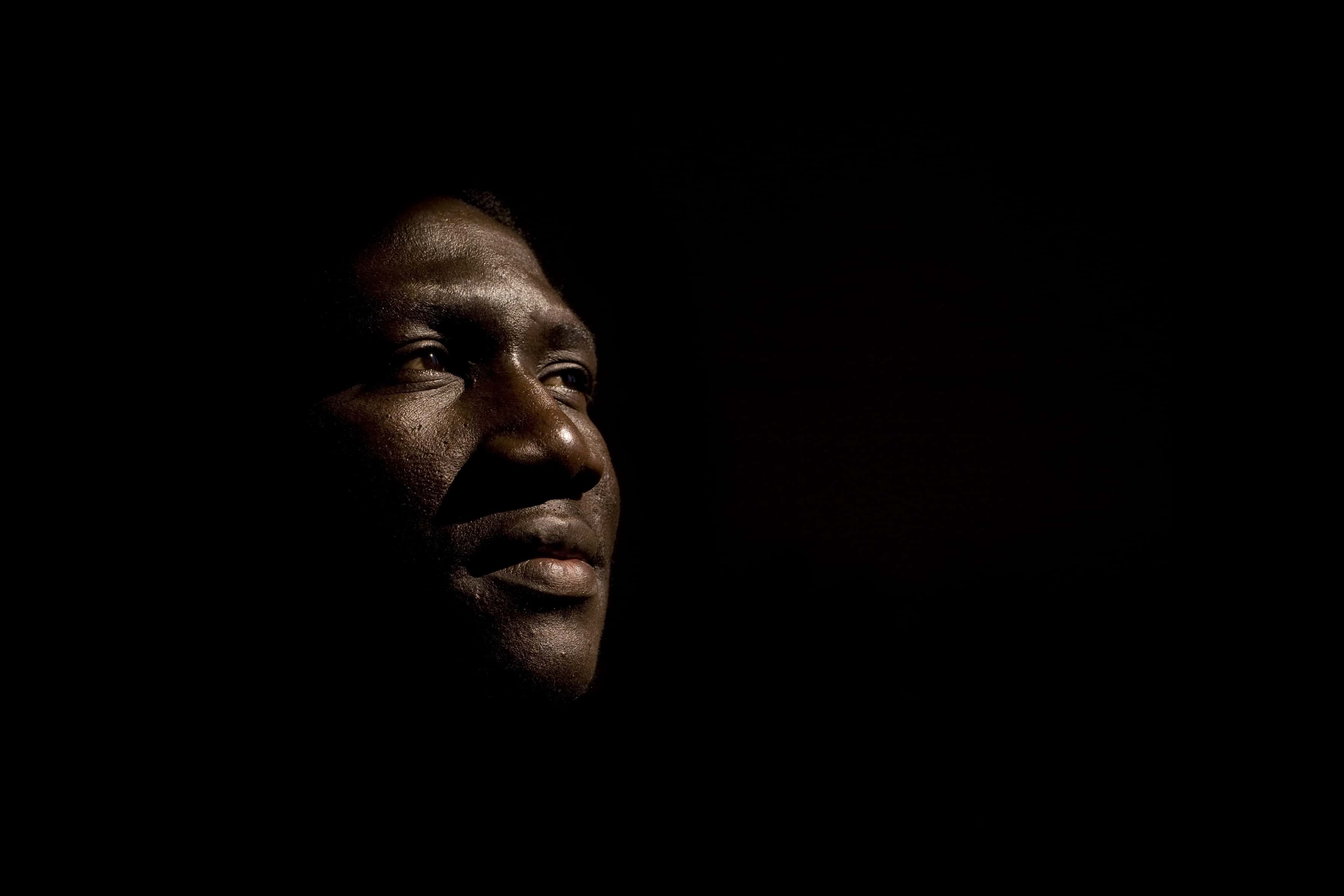
Looking out my windows covered with bars, I wondered what brought me to feel locked up.
I stood there in pain, at the beginning of a long journey of discovering how to connect to myself and others. Little did I know the recent events I’d endured were exactly what I needed to learn how to connect. I was tough, though, so I needed a loss to crack me open.
For the prior 17 years, I had worked to create an integrative medical clinic that helped clients in ways no one else was able to. We were part of studies at Arizona State University, working with Olympic and professional athletes and getting referrals from some of the top holistic physicians in the nation. Because of our success we contracted with Taliesin West, the Frank Lloyd Wright school lead instructor to design our new 10,000-square-foot clinic.
Everything I had worked to create was coming to fruition.
Then the day before we were signing the contract to start construction, after creating a waiting list of tenants and securing the financing, my third partner tried to steal the project from us.
As I looked out my first-floor office window to a hot Scottsdale, Arizona parking lot, I wondered what had I done to go from having my dream to having it stolen from me. It felt as if I’d been kicked in the stomach.
Soon after my project ended, my romantic relationship ended, and then my best friend and mentor passed away. All the projects and people that meant the most to me were gone.
I felt done. Done with my life as I knew it. Done with working so hard developing clinics and done with Phoenix. I felt alone.
Over the previous two decades, I’d done a lot of work on myself to heal my Asperger’s Syndrome and dyslexia, not to mention my tense body and a matching emotional disposition. I thought I had turned a corner, I thought the life I was creating was my reward. I felt betrayed by more than a business partner. I felt God had betrayed me.
I was desperate to find a way out. I realized doing more healing therapies may help, but they weren’t going to shift who I was as a man. I didn’t know what my condition was, but I knew it needed to change. I decided to practice what I told my clients—I looked at something I have never considered doing.
I called an old friend in Washington, D.C. for a lead on a men’s group. Because I had a deep resistance to showing up to a group of guys to be vulnerable, I figured that there was something there for me. With the help of another man, we started a group in my office.
As the night of our first meeting drew closer, I became more nervous. I had done scary things, but something about being real with other men frightened me.
Because I was hosting the meeting, I couldn’t cancel. I showed up – as did eleven other men. We sat in a circle in one of my rooms all looking at each other. The man I’d brought in to lead asked us one question: why are you here?
To get it done, I went first. I don’t remember what I said. I don’t know if it made sense. I just spoke.
By the time every man spoke, I could feel how we had relaxed. It was as if we all got to take off the heavy pack we were carrying. Less burdened, we continued to open up more as the evening progressed. By the end, we were joking.
I realized that night that I wasn’t the only one who was scared or disconnected. The more I heard from other men, the more I realized I wasn’t alone. I had hope.
I didn’t know then, but that evening a new passion was lit.
A New Direction
I began to see a new future. Down a long tunnel, I saw a light. I wasn’t sure what it was or how to get there. I just knew I wanted it.
Paul, my clinic partner, and I morphed our clinic project into the top Mindfulness Based Stress Reduction company in the country. We had some of the most stressed-out professionals taking our eight-week course, and these men and women got their lives back.
Meanwhile, I was struggling with what to do next. My original clinic of 17 years had lost its appeal.
With my failures and my new interest in men’s groups, I moved to Northern California, where I helped start a men’s group for Sonoma and Napa Counties. The group that had started in my office in Arizona died a slow death; men weren’t showing up to work. But in California, these men showed up. These men were committed.
It became evident that I wanted a community where people were real. Seeing an opportunity to help start such a community, I moved to Sandpoint, ID, up near the Canadian border. The first couple of years were great; everyone was working on creating a community. But gradually the two people who started the community started not getting along. That dissonance contaminated the entire group.
The community ended with me confronting the founders. It didn’t go well. I was the messenger that got shot by them and their followers. Another failed dream.
I didn’t know what was worse: having my dream die or being attacked for confronting inappropriate behavior. Again, I felt the pain of being alone and betrayed.
I had left my successful business in a city of a million people to start over in a town of seven thousand. I was broke financially and emotionally. I also decided to move my mother to my town after my father’s death to watch over her. I couldn’t leave. I was stuck in Sandpoint.
I told myself that I had my principles that I wasn’t going to compromise them. That solace did not outweigh my despair, though. My two dreams – one of a clinic and a real community – had blown up in my face. I put all I had in both dreams. They had failed. I was exhausted.
I still had a desire for community, though. I figured I had nothing to lose to start one on my own. Taking my experiences from my men’s groups and all else that I discovered along the way, I decided to create a new model of a men’s group. I invited eleven men, specifically chosen because I trusted them and their willingness to do the work. They all said yes. Even though I had helped start other groups, I was scared that first night. This group was entirely of my design. These were men who were clients and friends of mine. If I failed, I couldn’t hide.
To my surprise, every man came back. That was 2005. Today we have four strong groups, more than 300 men who participated in our groups, a nonprofit, a company that trains other men to do what we do, a mentoring program, a TEDx talk, a book, and a growing list of opportunities.
I didn’t imagine that, in moving to Sandpoint, I would become a men’s group champion, nor that Sandpoint would become a center for men’s work. All I wanted was to get out of my pain.
Looking back it’s clear. Hindsight is always so clear. I was looking for connection, often in the wrong places. When I went for it on my own terms, I began feeling like I had my tribe. I began to open up as a man. My relationships with women evolved to be deeply satisfying.
In my arrogance, I thought because of all I knew, I had it pretty well together.
Sitting in my group every week, being real, I discovered what it meant to have real connections. Seeing other men having the same experience warmed my soul. I realized that as men, we aren’t bad, broken or doomed. We were simply never shown how to connect emotionally as a man.
My life shifted from being a victim to my circumstances. I originally thought all I had to do was to be sensitive to succeed in relationships. I went from looking back at my life as what happened to me to seeing my life in terms of what I healed, learned, accomplished and contributed – what happened for me. My future shifted from, How will I survive? to How can I bring more change to the planet? I went from being home alone to being a champion for the growing movement of men’s groups.
I can be a slow learner, but fortunately, I am also persistent. I discovered the tens of thousands of hours working with men over the years that it’s very simple. When I relax to accept what I am experiencing, I’m ready to open up to vulnerability, which set me up to reach out to connect authentically.
These three steps are my Emotional Algorithm. They are the core of my growth and the growth I support others in creating.
The recent controversy about inappropriate male behavior is another symptom of how we all are disconnected. Since the Industrial Revolution, when men left the house to work and women stayed home to raise the children, boys have been deprived of masculine role models and training in how to feel and express emotions as men. Young boys were primarily around women, with Dad coming home for dinner only. Over the years, we lost the masculine perspective on emotionality.
That emotional disconnect set up how we disconnect from others. I know that disconnect well. If we are to change this for the men we care about and the women who suffer from it, we need to change how we grow our men. Men need a new model of masculine emotional intelligence and the tools to develop it.
Men represent 76% of homicides and 80% of suicides. [1],[2] If our girls and women are to be safe, if we are going to change these stats, we need to give men the tools of emotional connection. We need to give men what they never got.
I grew up a master at disconnection. If I can learn to connect, any man can learn these dormant skills.

[…] represent 76% of homicides and 80% of suicides. [1],[2] If our girls and women are to be safe, if we are going to change these stats, we need to […]